|
It`s late September and my house is smelling all lovely and fruity. That`s because I have a load of Rosehips in my dehydrator that I have picked this morning in-between the showers we are having this week, here in England. Honestly, it`s hard to know whether we`re coming or going this week. One minute we have blue skies, the next torrential rain. I`m sure it is timed everyday for 3pm when it`s time to go and pick up little B from School. Never mind... Well, whilst the sun was shining I managed to get outside with my basket and snips and get a great haul of Rosehips. They are starting to get on the squishy side so if you are thinking about getting some, get them now! When you pick your rosehips, you want the glossy red ones that are firm with a slight squeeze to them. They will go dull and lose their shine as they go past their best. They will mush when you squeeze them and go a brownish colour. Only get the ruby red ones. The old advice was to wait until the first frost had sweetened them, but with our current warmer climate, they will be far too squishy if you wait for a frost in the UK. You can encourage them to sweeten by putting them in your freezer for a day or two at least before using them once defrosted. Rosehips are so good for you in so many ways. Herbally, they are cooling, which is great if you have a fever but also have a calming influence. This means they are great for angry things like skin issues such as eczema or hives. They are astringent, Stomach strengthening, great for diarrhoea, good for warding off coughs and colds (and also getting rid of them quicker), asthma, heart palpitations, immune system strengthening, mood lifting and nervous system supporting. They have great quantities of vitamin C in them which makes them an excellent choice to use as a supplement if you have any joint problems, cartilage issues (like Ehlers Danlos), osteoporosis and painful joints. This is because the pathway to create great functioning cartilage relies on having the right amount of vitamin C. If you struggle with your immune system or are having immunomodulatory medicine or a condition where your immune system is compromised then you should explore them further also. Rosehips have such an amazing amount of vitamin C within them that the UK Ministry of Defense looked into them during the war as a substitute for oranges (which were unavailable at the time) It was found that the humble rosehip had 20 times more vitamin C than oranges! The Ministry of Defense went on to get communities to gather rosehips across the UK and made rosehip syrup to be distributed across the nation to mothers and young children. People were taught how to make it and it was widely available to buy in chemists right up until the 1970s. The Rosehip is grown on the wild rose bushes that you see in hedgerows. It is more commonly known as the Dog Rose. It was thought that the name "Dog Rose" pertained to the plants ability to heal the sufferer from the bite of a mad dog! It`s more commonly accepted that "Dog" was actually "Dag" and meant "dagger" due to the thorns and the serrated edges of the leaves. It`s thorns can be quite brutal, so do be careful when you are foraging for the fruits. On the plus side, any medicinal plant with thorns is thought to be super - protective to the picker, both physically and mentally. The rosehip is also supportive to our mood. It contains not only Vitamin C, but manganese, selenium, Vitamin K and B vitamins. All needed for brain health. Supplementing with rosehips can give you extra support with anxiety and depression by gently nurturing our nervous system. Rosehips are pretty renowned for their ability to give us beautiful skin. Not only is rosehip oil extremely nourishing but the high vitamin C content is rejuvenating for the collagen in the skin. Rosehips are packed with antioxidants so will also go about removing all those free-radicals that can accumulate in our skin. They will also set about removing them all the way through your body if you consume them. I love looking into the folklore and energetics of plants, I find it fascinating and usually the message that is being told can be linked to scientific studies that have revealed similar benefits. In this case, when we work with the rose in general, it is said that we should think about wearing our own thorns. Perhaps you say yes too often to things you don`t want to do. Are you in the habit of self-sacrificing when you shouldn`t? Maybe you don`t stand up for yourself when you should. The rose is said to encourage us to have outward kindness and loveliness but also remember to protect ourselves by being a little more assertive. It is also a good plant for those who are better at loving others than themselves. It can help you remember to find the good in yourself rather than looking for imperfections. Looking at the evidence of the rosehip being supportive for anxiety, I guess this fits together nicely. Whether it does or not, they are good messages to listen to anyhow as each time we put ourselves last, our cells know about it! Our immune response has been proven to react negatively when we are under stress, watch something that upsets us or generally feel like we are at the bottom of the pile. So put your thorns out a little... protect your emotions a little more, whilst retaining the grace and beauty of the rose and it`s fragrance. So... what lovely things can you do with the rosehip? Well... most commonly, people make syrups with it. It`s tasty and kids will usually happily take a spoonful. If you start taking a measure each day from the Autumn to the Spring, it will benefit them greatly over coughs and cold season. If you can double up with elderberry as well then all the better! If you like making tinctures then that is an easy way of extracting their goodness and a glycerite tincture with rosehips would be great for kids. If you prefer less of a sweet product, then try them in a tea. Rosehip tea is delicious and very nurturing. Let it steep for a good 15 minutes to get as much goodness out of the little hips as you can. Herbal vinegars are also very good for extracting the phytonutrients so you could have a look into rosehip vinegar. You can use it as a dressing or dilute a little in water to drink. More culinary recipes you can find are jams, powders and even ketchup! Here comes a red flag alert so pay attention carefully to the next bit... Rosehips are completely non-toxic but as you open them up, there are tiny little hairs inside, a bit like the ones on a cactus. You must remove them before making anything that you are going to consume. Do your research and look into how to do this - there`s plenty of tutorials out there on the internet. The hairs are very irritating to the digestive tract and you don`t want them in there. Our digestive tract has enough to deal with already without having all those little hairs in their poking around. There are also little seeds that you need to remove so please be careful! Ok.. warning over. So what will I be doing with rosehips this season? At the moment I am drying rosehips so that I can use them throughout the year. You can freeze them also, but I take up far too much room in our freezer with herbal products so I find jars of them to be convenient, and pretty to look at. I`ll be storing my dried ones for further use and making various remedies with fresh ones. I will definitely be making syrups and tinctures and getting as much into my little girl and my family as possible. We choose to avoid the flu vaccine in our household so we will be fighting off any nasties with our usual routine of supplements and elderberry and rosehip. I`ll also be making rosehip oil to help with any skin issues and to use in my skin care routine. I am without a kitchen at the moment as the building work is still happening here so no ketchups or jams for me! You`ll have to let me know if you make any though how they turn out. So Rosehips are wonderful, help with numerous things and are tasty and pretty. Go out and get some before they go mushy!
1 Comment
It`s late September in the UK and this week has been warm and sunny during the day, with azure blue skies and colder, crisper evenings. The leaves are beginning to change on the silver birch trees, but the other trees are still holding on to their green colours so far. There are ripening and already ripe berries everywhere I look. The blackberries have been pretty special this year. Some of them have been so big… absolute whoppers! The blackberries are singing their swan song now, as they will be on the turn any day soon and destined to be eaten by the mice, birds and insects. The rosehips and hawthorn berries are ruby red and glistening their “come and pick me” skins in the sunshine. It really is glorious. I love this time of the year. I think it could well be my favourite… although I think I say that at the turn of every season. There`s something about early Autumn where the land is so colourful and fruitful but the weather is still pleasant that makes it a treat to all the senses. It gives a feeling of coming home to what we know… that the earth provides. It reminds us that despite all the convenience of modern day living, not long ago in the grand scheme of things, people lived this way. Maybe a memory of a distant past stirs in us all as we feel nostalgia, wonder and awe and excitement at seeing all that the earth has to offer. What I really love about this time of year is how it reminds us of life`s cyclical nature. We all have cycles in our lives, regardless of gender. On the most obvious scale we can look at the seasons of our age -where we cycle through our childhood spring time years, our summer time early adulthood, our middle aged Autumn years and our old age in winter. As a woman, we get to move through our own seasonal changes through our journey of menstruating. Our maiden years are represented by the spring time. We start our journey with menarche (our first bleed) and begin our fertile years. Our child bearing age of motherhood is like the ripening growth of Summer. Our menopause and next few decades are like the Autumn and our wise crone years like the winter. On yet another layer, each monthly cycle can be akin to the seasons. Our follicular phase- post bleeding is our spring time, our fertile ovulation phase- mid cycle is our summer, our luteal phase after ovulation – our Autumn and we bleed through our winter. When we get outside and notice nature, there`s no wonder we feel connected to it. It has a pulse, a rhythm and an energy that we share. As the seasons move through our house, as a family we tend to honour them and bring our attention to them. We decorate our home and pay attention to what is growing, or receding in the garden. We harvest what is ready and plant for the next part of the earth’s cycle. We have traditions that welcome the changes and bring love and comfort into our homes that will be remembered through generations. The Autumn equinox is like the spring equinox. The amount of daylight and night is perfectly balanced. In the spring, we have anticipation for the summer at this point and look forward to the longer summer nights beginning. In Autumn, we begin to look inward, ready to rest, ready to explore the darker nights and what life holds over the winter. It is a time of looking into our own lives and seeing what is out of balance and how we can address this to bring back our own equilibrium. A time to look at relationships, living conditions, our health, our life`s purpose… things come to the surface to be addressed as the Autumn nights lengthen. It`s a time to prepare our house – our nest for winter. To bed down, to clean and organise it. To nest. I thought that I would share some of the ways that we mark the week of the equinox in our house. The Autumn equinox is also known as Mabon. Take a look at my notes of what we will be doing and get some ideas of how you can welcome this new phase into your homes. I encourage you to go and find some Autumn goodies and decorate with them. Put a few pinecones in a nice bowl on your table with a candle in the middle… or… make a display on your hall table with Autumn treasures. Maybe you could dry some berries on the stems and display them in a jam jar or put aside to make a wreath. Go out and gather and connect with who you really are. If you lived in Australia, or the USA then you would probably know what a Naturopath is. You would probably have known about Naturopaths since being young, and may even have a naturopath that you visit alongside your primary care G.P. In the U.K (where I am based) Naturopaths are not as well – known. So… what exactly is one ? Education Naturopaths study for as long as a primary care physician - around 5 years minimum at degree level. They study biomedical science and they choose an area of specialism. My specialism was in clinical nutrition. Many go on to do post graduate level qualifications. I have continued my studies with a focus on reproductive health. In other countries of the world, naturopaths are known as naturopathic doctors. Here in the UK, we just tend to call ourselves naturopaths. What do they do? Naturopaths see a place for pharmaceuticals, but also understand that the side effects of prescription medicines can be detrimental to health. Naturopaths will suggest natural means of getting well where-ever possible but also understand the need for conventional care when necessary. Naturopaths can do a huge amount of diagnostic testing, from thyroid checks to stool analysis, full blood counts to adrenal functioning, intolerance testing to hormone function and just about everything in between that can be assessed from bodily fluids and certain tissues. Naturopaths use the body`s own innate ability to heal itself, under the right conditions. Naturopaths use nutrition, vitamin and mineral supplements and herbal and natural remedies to treat conditions. Some naturopaths use accupuncture and other forms of traditional medicine. We believe in preventative care, where keeping our bodies in as healthy a state as possible will help to prevent serious illness and disease. This not only refers to the physical working of the body, but also the mind, as the body and mind are intricately connected.
Digestive and gut health is a major focus of a naturopath. It`s basic science – if your digestive system isn`t functioning optimally, you are unable to digest your essential nutrients and this has a knock on effect all over your body… right down to a cellular level.
What could I see a naturopath about? Common problems that are supported by a naturopath are menstrual problems, hormone imbalances, fatigue and low energy levels, disturbed sleep, digestive discomfort, headaches and migraines, skin issues, allergies, blood sugar irregularities, joint health, mental health challenges, anxiety and depression plus many other reasons. Once a naturopath has identified an area of concern, they will work with their clients to:
An increasing number of people are exploring naturopathy, often after they feel they've exhausted more conventional treatments or are frustrated at just having symptoms relieved when they have an intuition that there is something deeper going on. Can I combine care? Primary care G.Ps are often happy to work alongside a naturopath. The restrictions of budget on the NHS is as frustrating to G.Ps as it is to patients. Naturopathy can delve deeper into exploratory areas of symptoms than the NHS budget currently allows for. For example... If you get diagnosed by your G.P as having IBS, it`s most likely that you will have to just deal with it on your own after diagnosis. With naturopathy, we can look deeper into why you are having the IBS symptoms in the first place. A good naturopath works hand-in-hand with more conventional practitioners, not against them — you can see both a GP and a naturopath, and receive naturopathic treatments without abandoning standard medical ones. If you have a serious condition, you need the backing of your G.P and health service behind you. There are certain conditions that a Naturopath will not treat and will refer you back to your G.P. Naturopathy is not intended to replace conventional medicine, it is an additional level of health that can support you along your journey through allopathic treatments to find balance and wellness once again |
WelcomeThe contents of this blog are for informational purposes only and are not a substitute for professional medical advice, diagnosis, or treatment. Always seek the advice of your physician or other qualified health care provider with any questions you have regarding a medical condition, and before undertaking any diet, dietary supplement, exercise, or other health program. Categories
All
|
Thrive
Clinical Nutrition and Naturopathic Health
Eve Morley NT
FNTP. AMNNA. Soc Nat.
07809 432028
[email protected]
Book a consultation
Contact form
Services and fees
Testimonials
Subscribe to my emails
GDPR Privacy policy
Data Protection Policy
Blood testing Kits terms and conditions
Disclaimer
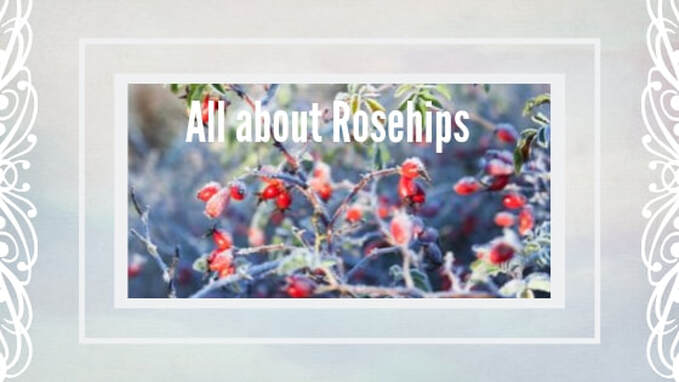
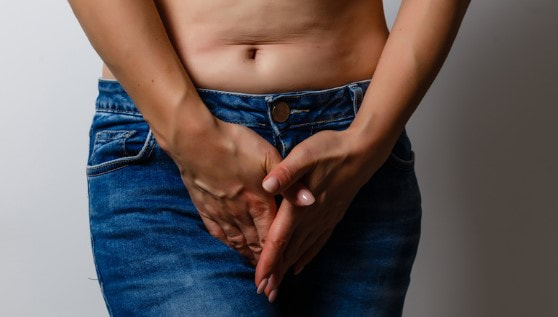
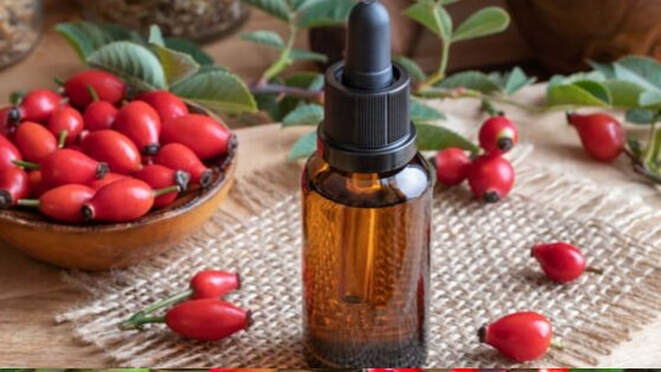
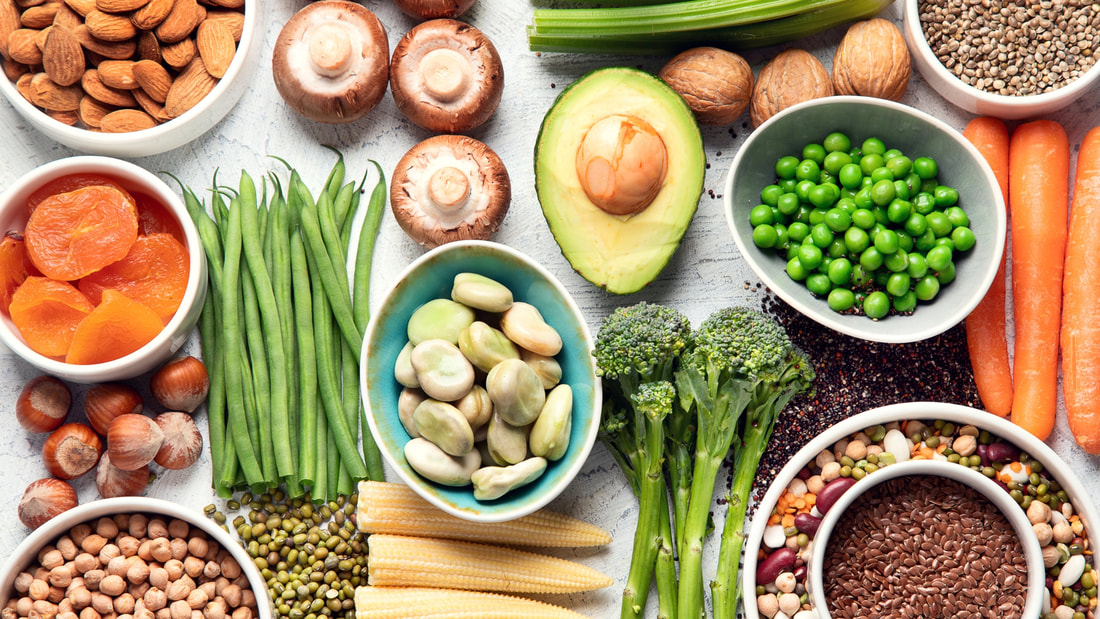

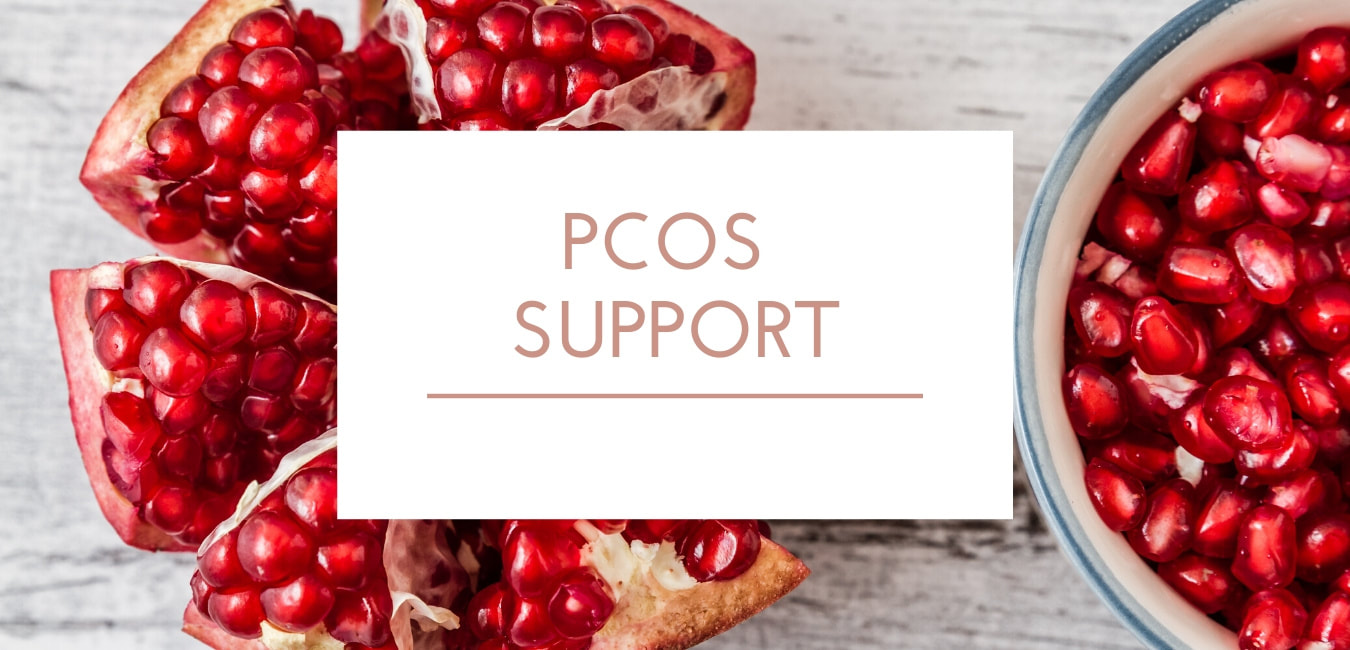


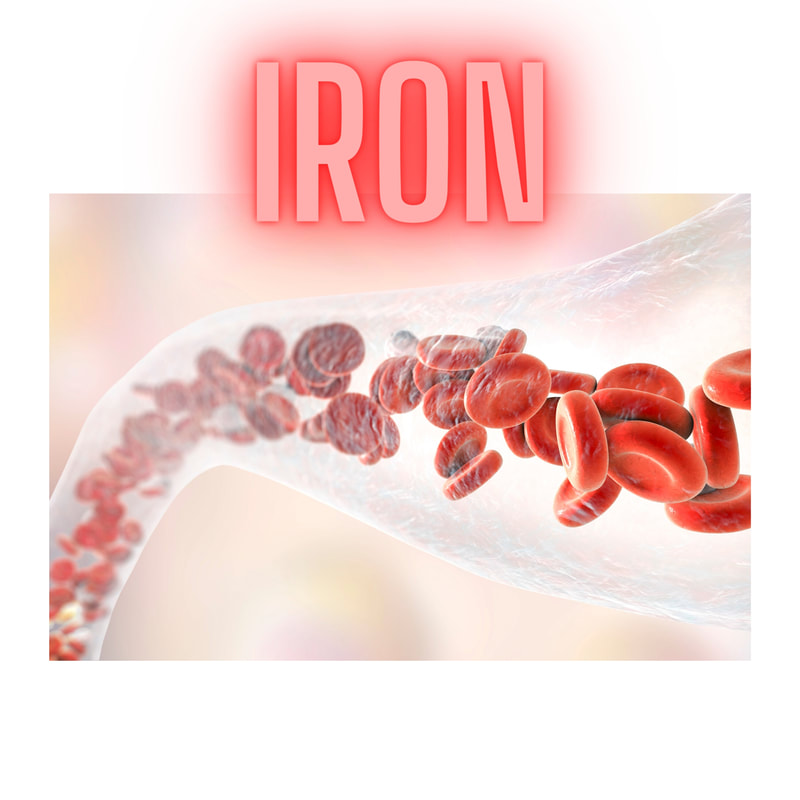

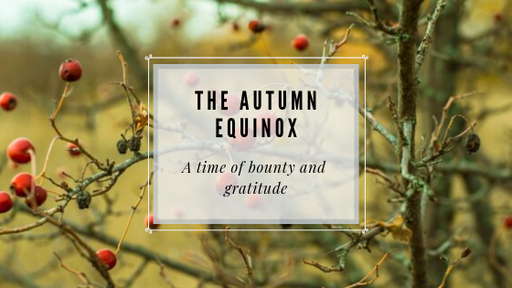
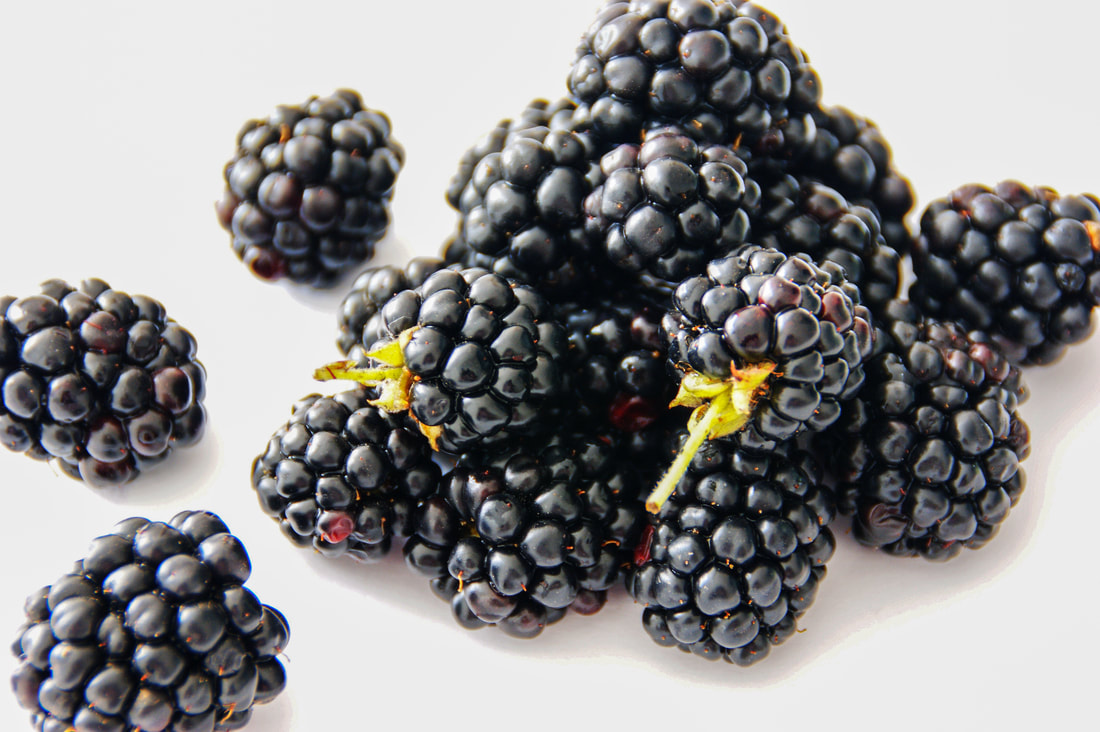
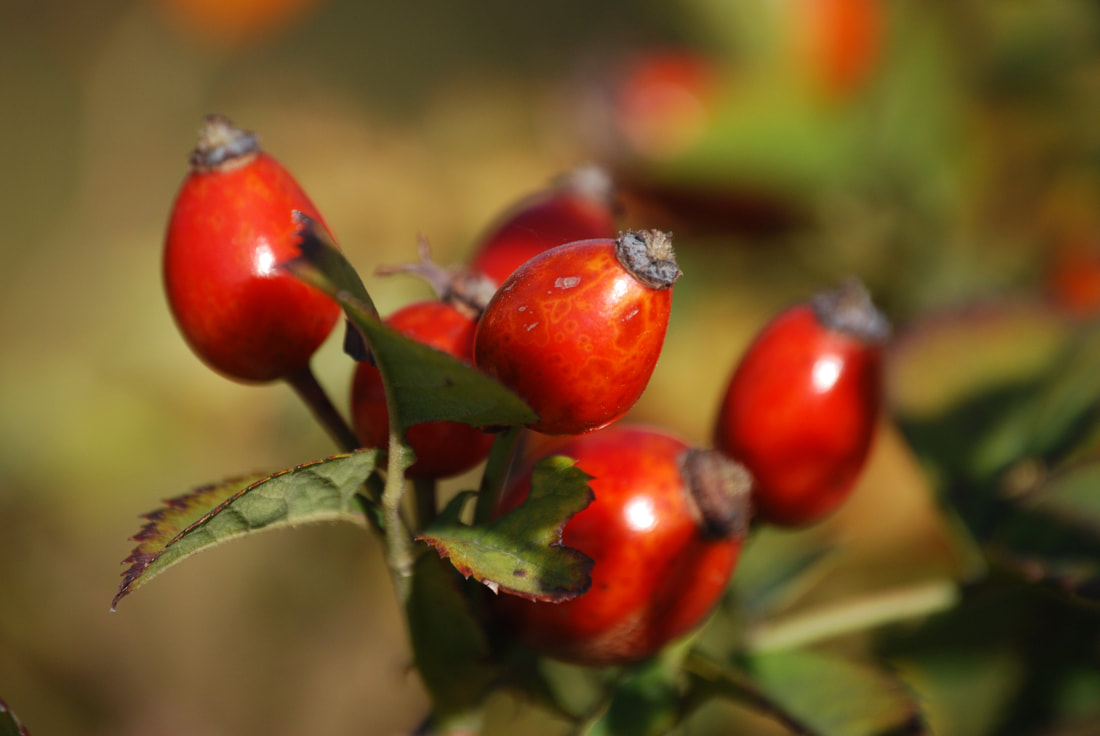
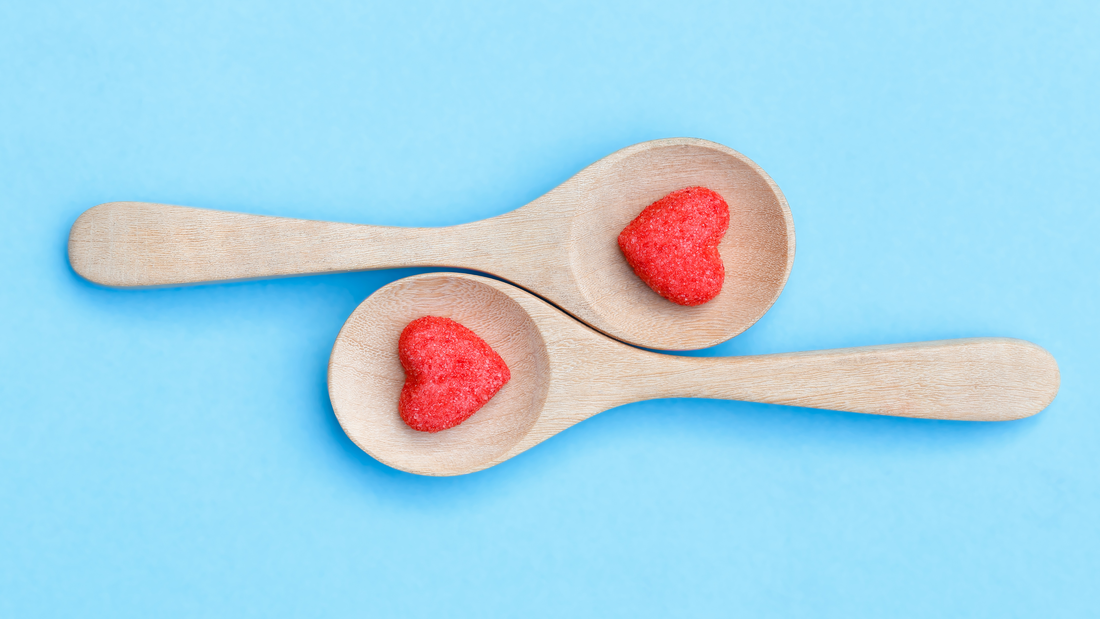

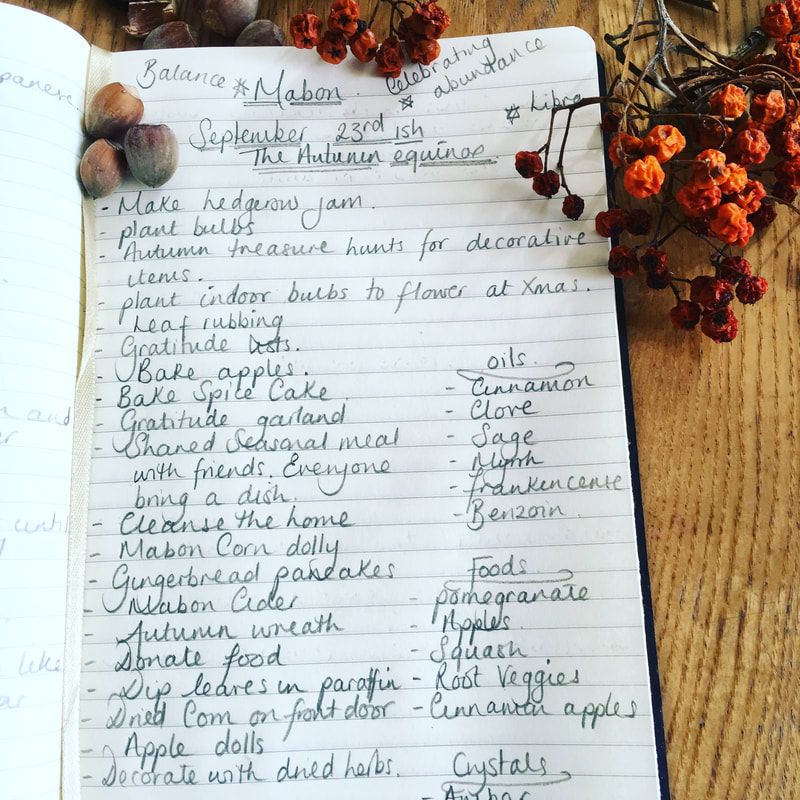
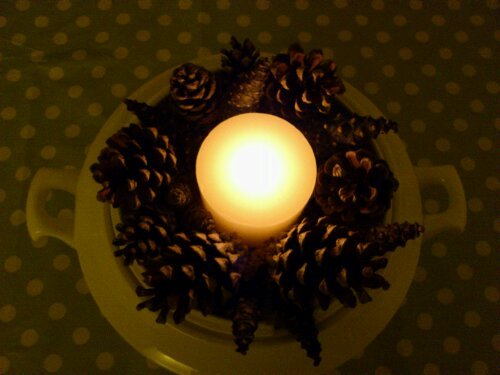
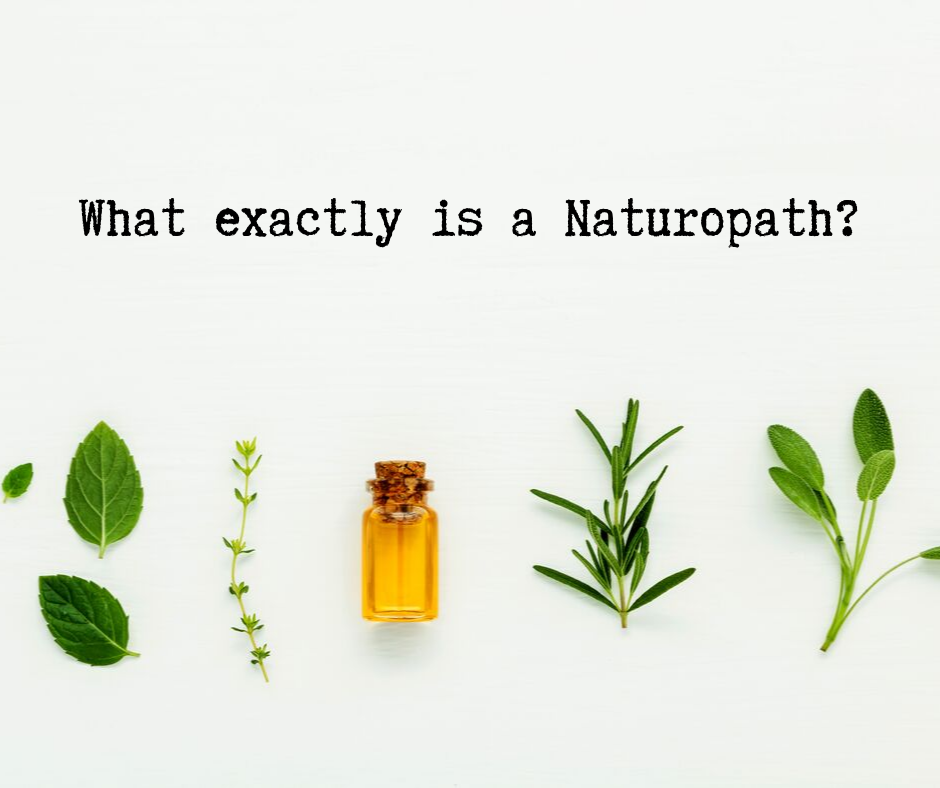
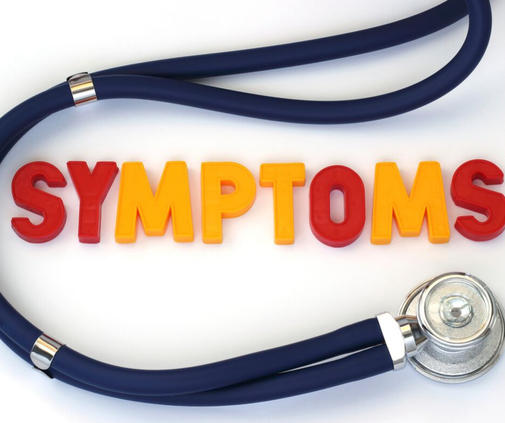

 RSS Feed
RSS Feed


